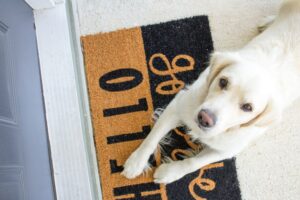About the Fellowship

Nearly forty percent of CUNY students come from households with annual incomes of less than $20,000. For many of our students, the cost of textbooks can be a steep barrier to academic success. Students often choose not to register for courses that require expensive textbooks, or fail courses simply because they cannot afford the materials. These patterns can lead to increased enrollment time and reduced rates of degree completion.
One way to reduce textbook costs is to offer zero-textbook-cost classes that use Open Educational Resources (OER). OER are teaching, learning, and research tools released under licenses permitting free use/modification while ensuring authors retain copyright to their work. Open resources and pedagogy represent the future of educational technology and instructional design.
Queens College recognizes that a major barrier to the use of OER and other tools of open pedagogy is the challenge of teaching, reading, thinking, and communicating in the digital environment. Therefore, we offer OER Faculty Fellowships to provide participants technical and pedagogical support in transitioning from traditional textbooks to OER.
Through this program, OER Fellows will learn the fundamental principles of OER and open pedagogy, develop technical skills to create and curate accessible course content, organize cohesive and coherent materials tied to overarching learning objectives, and apply rigorous assessment standards to identify existing resources for classroom use.
Learning Objectives
By the end of this program, OER Faculty Fellows should be able to:
- Define and distinguish between open educational resources and zero textbook cost materials
- Find and evaluate existing open educational resources
- Understand intellectual property, fair use, copyright, and Creative Commons licenses
- Understand the purposes and characteristics of accessible design
- Adapt, update, and combine existing resources
- Create open educational resources that are accessible, engaging, and usable

